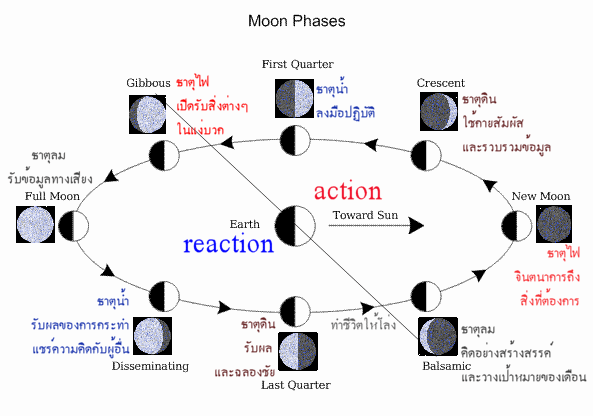
Microsoft Corp. has taken the wraps off "Surface," a coffee-table shaped computer that responds to touch and to special bar codes attached to everyday objects.
The machines, which Microsoft planned to debut Wednesday at a technology conference in Carlsbad, Calif., are set to arrive in November in T-Mobile USA stores and properties owned by Starwood Hotels & Resorts Worldwide Inc. and Harrah's Entertainment Inc.
Surface is essentially a Windows Vista PC tucked inside a shiny black table base, topped with a 30-inch touchscreen in a clear acrylic frame. Five cameras that can sense nearby objects are mounted beneath the screen. Users can interact with the machine by touching or dragging their fingertips and objects such as paintbrushes across the screen, or by setting real-world items tagged with special bar-code labels on top of it.
Unlike most touchscreens, Surface can respond to more than one touch at a time. During a demonstration with a reporter last week, Mark Bolger, the Surface Computing group's marketing director, "dipped" his finger in an on-screen paint palette, then dragged it across the screen to draw a smiley face. Then he used all 10 fingers at once to give the face a full head of hair.
With a price tag between $5,000 and $10,000 per unit, Microsoft isn't immediately aiming for the finger painting set. (The company said it expects prices to drop enough to make consumer versions feasible in three to five years.)
Some of the first Surface models are planned to help customers pick out new cell phones at T-Mobile stores. When customers plop a phone down on the screen, Surface will read its bar code and display information about the handset. Customers can also select calling plans and ringtones by dragging icons toward the phone.
Guests sitting in some Starwood Hotel lobbies will be able to cluster around the Surface to play music, then buy songs using a credit card or rewards card tagged with a bar code. In some hotel restaurants, customers will be able to order food and drinks, then split the bill by setting down a card or a room key and dragging their menu items "onto" the card.
At Harrah's locations, visitors will be able to learn about nearby Harrah's venues on an interactive map, then book show tickets or make dinner reservations.
Microsoft is working on a limited number of programs to ship with Surface, including one for sharing digital photographs.
Bolger placed a card with a bar code onto Surface's surface; digital photographs appeared to spill out of the card into piles on the screen. Several people gathered around the table pulled photos across the screen using their fingertips, rotated them in circles and even dragged out the corners to enlarge the images - behavior made possible by the advanced graphics support deep inside Windows Vista.
"It's not a touch screen, it's a grab screen," Bolger said.
Historically, Microsoft has focused on creating new software, giving computer programmers tools to build applications on its platforms, and left hardware manufacturing to others. (Some recent exceptions include the Xbox 360 and the Zune music player, made by the same Microsoft division that developed Surface.)
For now, Microsoft is making the Surface hardware itself, and has only given six outside software development firms the tools they need to make Surface applications.
Matt Rosoff, an analyst at the independent research group Directions on Microsoft, said in an interview that keeping the technology's inner workings under wraps will limit what early customers - the businesses Microsoft is targeting first with the machine - will be able to do with it.
But overall, analysts who cover the PC industry were wowed by Surface.
Surface is "important for Microsoft as a promising new business, as well as demonstrating very concretely to the market that Microsoft still knows how to innovate, and innovate in a big way," said Michael Gartenberg, an analyst at Jupiter Research.
from: http://www.komotv.com/news/7744297.html
 Recharging your laptop computer, your cell phone and a variety of other gadgets may one day be as convenient as surfing the web--wirelessly.
Recharging your laptop computer, your cell phone and a variety of other gadgets may one day be as convenient as surfing the web--wirelessly. 


